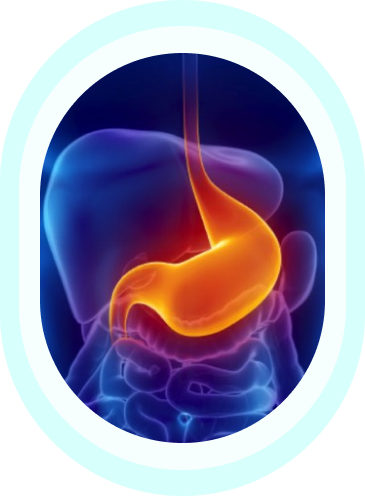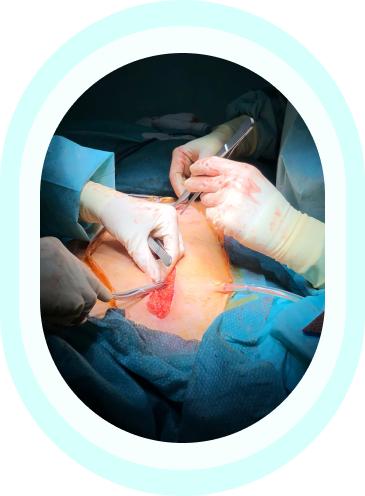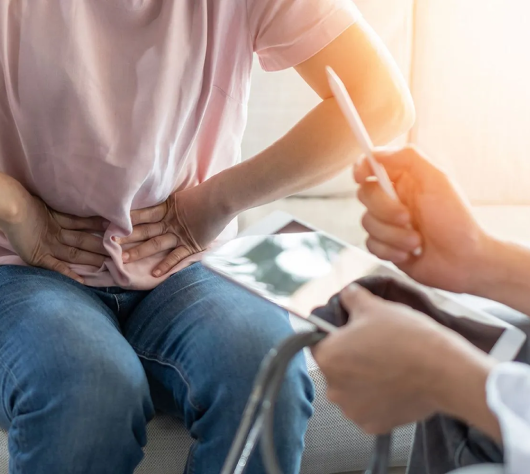
Lap Nissen, is a laparoscopic procedure performed for patients with gastroesophageal reflux disease (GERD). Many patients with reflux can be treated with medicines to decrease acid production in the stomach. This will minimize the damage to the esophagus from acid refluxed up from the stomach, and allow the esophagus to heal. However, some patients continue to have symptoms of either regurgitation or incomplete healing of their esophagus despite medical therapy. These patients should consider surgery as another option.
The problem lies at the junction of the esophagus and stomach where a muscular value (sphincter) should prevent acid from flowing upwards. Often there is a hiatal hernia (a herniation of the junction of the esophagus and stomach through the diaphragm into the chest).






